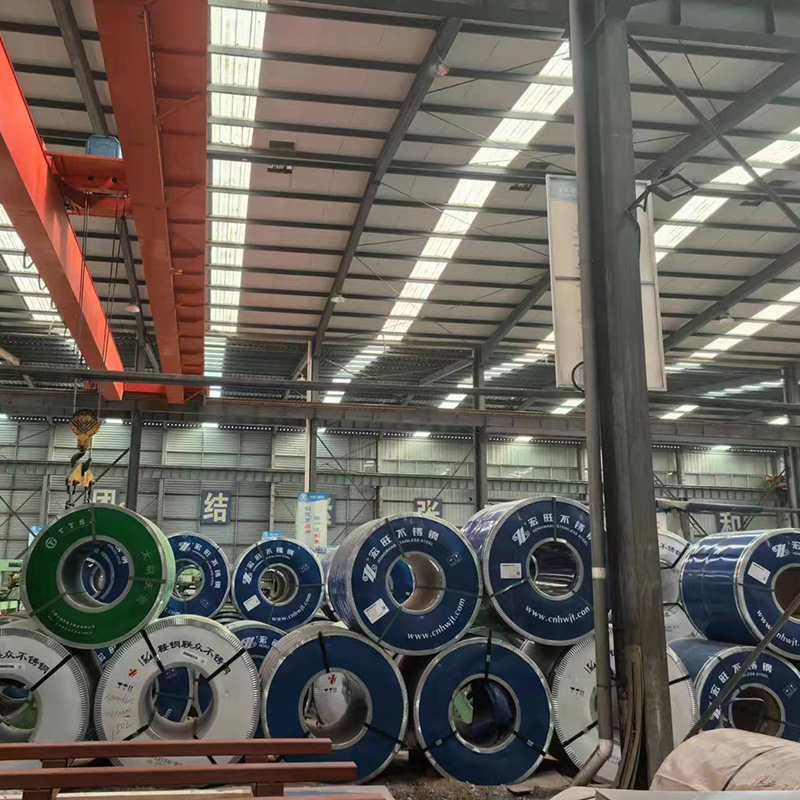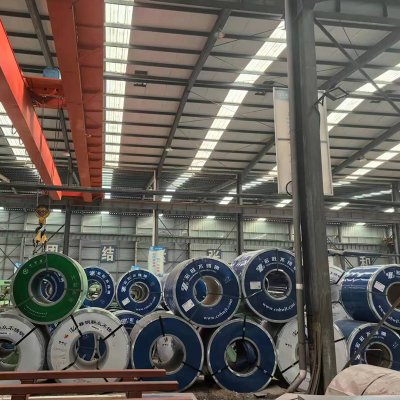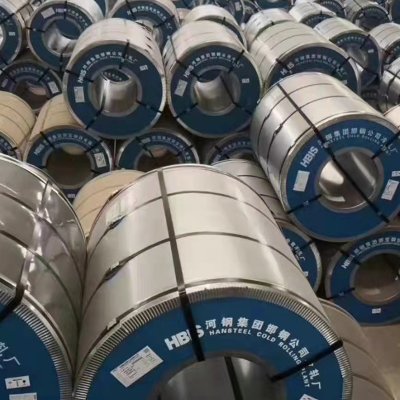304 Stainless Steel Plate
1.Weldability
2.Corrosion resistance
3.Polishing properties
4.Heat resistance
5.Corrosion resistance
Product description:
Stainless steel is a corrosion-resistant alloy steel, mainly composed of iron, carbon, chromium, nickel and other elements. Stainless steel is widely used in industrial production, architectural decoration, kitchenware manufacturing and other fields because of its corrosion resistance, heat resistance, aesthetics and other characteristics. Stainless steel according to its organisational structure can be divided into different types such as austenitic stainless steel, ferritic stainless steel, martensitic stainless steel, etc., and each type of stainless steel has its specific applications.
Product features:
1.Weldability
Stainless steel sculpture product use of different requirements for welding performance also varies. A class of tableware on the welding performance is generally not required, even including some pots and pans business. But the vast majority of products require good welding performance of raw materials, like the second category of tableware, insulation cups, steel pipe, water heater, water dispenser and so on.
2.Corrosion resistance
Stainless steel the vast majority of stainless steel products require good corrosion resistance, such as one or two types of tableware, kitchen utensils, water heaters, water dispensers, etc., some foreign businessmen on the product also do corrosion resistance test: NACL aqueous solution heated to boiling, a period of time after pouring off the solution, washed and dried, weighing the loss of corrosion to determine the degree of corrosion (Note: the product polished, due to the sandpaper or abrasive cloth or sandpaper containing the composition of Fe) which will cause rust spots on the surface during the test)
3.Polishing performance
Stainless steel products in today's society are generally polished in the production of this process, only a few products such as water heaters, drinking fountain liners, etc. do not need to be polished. Therefore, this requires good polishing performance of raw materials. Factors affecting the polishing performance are mainly the following:
(1) raw material surface defects. Such as scratches, pitting, over pickling, etc..
(2)raw material material problems. Hardness is too low, polishing is not easy to throw bright (BQ is not good), and hardness is too low, in the deep drawing surface is prone to orange peel phenomenon, thus affecting the BQ. High hardness BQ is relatively good.
(3) After deep drawing, the surface of the product in the area of great deformation will have small black spots and RIDGING, thus affecting the BQ property.

4.Heat resistance
Heat resistance refers to the high temperature stainless steel can still maintain its excellent physical and mechanical properties.
The effect of carbon: carbon in the austenitic stainless steel is strongly formed and stabilised. Stabilisation of austenite and expand the austenite zone of the element. The ability of carbon to form austenite is about 30 times that of nickel, carbon is a gap element, through solid solution strengthening can significantly improve the strength of austenitic stainless steel. Carbon can also improve the austenitic stainless steel in highly concentrated chlorides (such as 42% MgCl2 boiling solution) in the stress corrosion resistance.
However, in the austenitic stainless steel, carbon is often regarded as a harmful element, which is mainly due to the corrosion-resistant stainless steel in some conditions (such as welding or by 450 ~ 850 ℃ heating), carbon and chromium in the formation of high-chromium Cr23C6-type carbon compounds in the steel leading to local chromium depletion, so that the steel's corrosion resistance, especially intergranular corrosion resistance performance decline. Therefore, since the 1960s, the new development of chromium-nickel austenitic stainless steel is mostly carbon content of less than 0.03% or 0.02% ultra-low carbon type, it can be known that as the carbon content decreases, the steel intergranular corrosion sensitivity decreases when the carbon content is less than 0.02% to have the most obvious effect, some experiments also pointed out that carbon will also increase the chromium austenitic stainless steel, the tendency of the point of corrosion sub-propensity. Due to the harmful effects of carbon, not only in the austenitic stainless steel smelting process should be required to control as low as possible carbon content, but also in the subsequent hot, cold processing and heat treatment processes are also in the process of preventing the surface of stainless steel carbon, to avoid chromium carbide precipitation.
5.Corrosion resistance
When the amount of chromium in the steel atomic number is not less than 12.5%, it can make the electrode potential of the steel undergoes a sudden change, from a negative potential to a positive electrode potential. Stop electrochemical corrosion.







